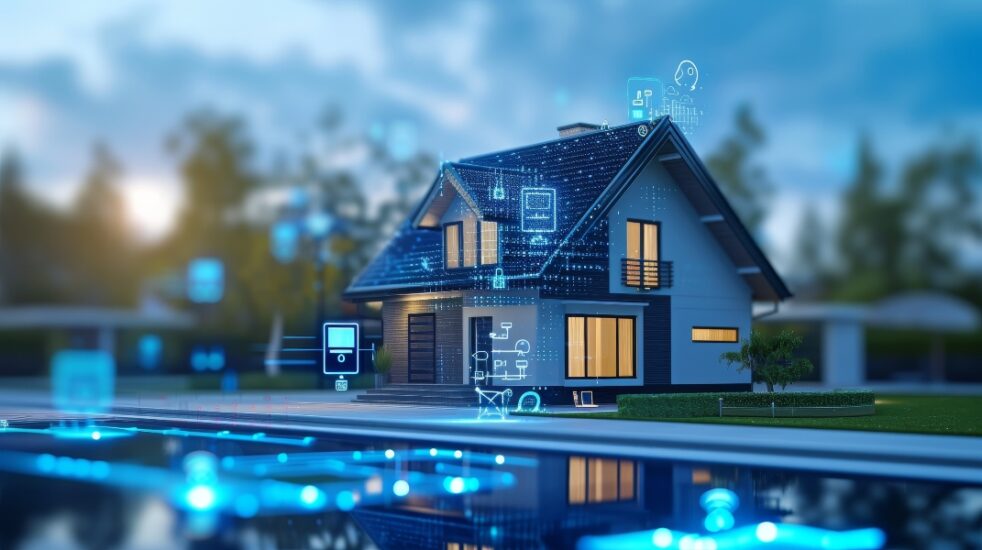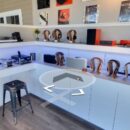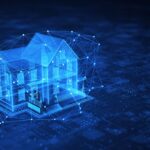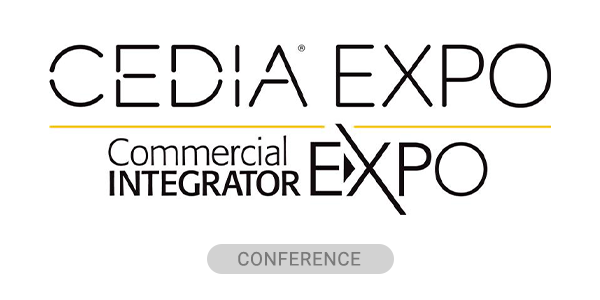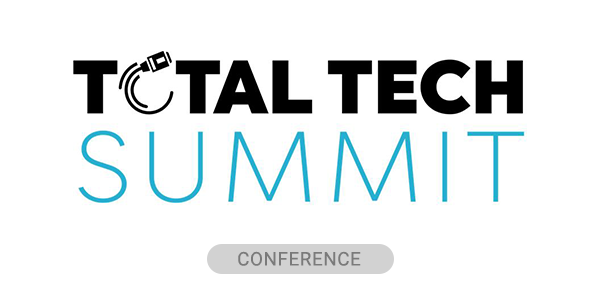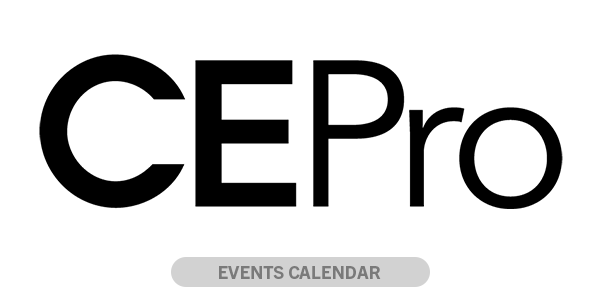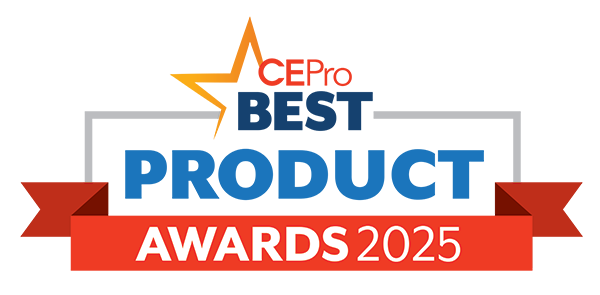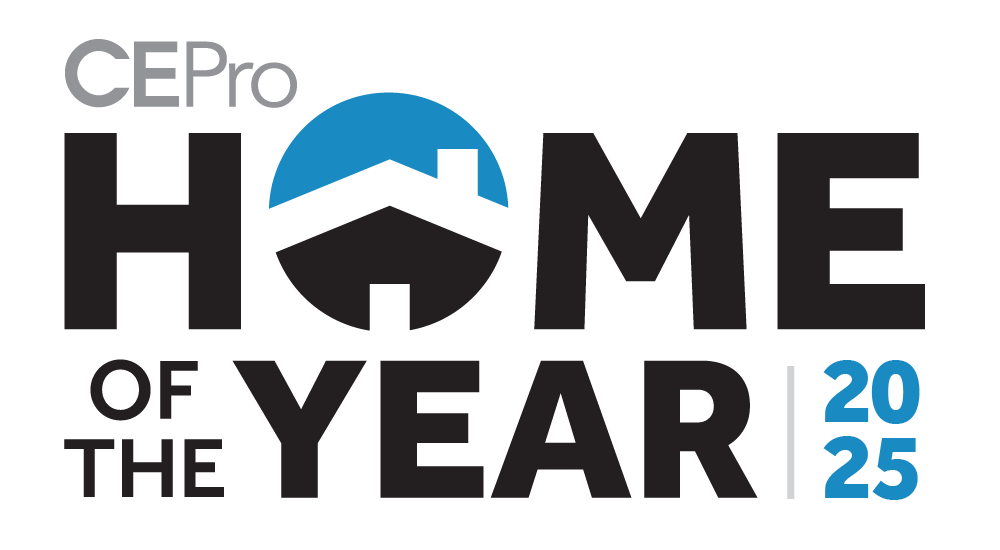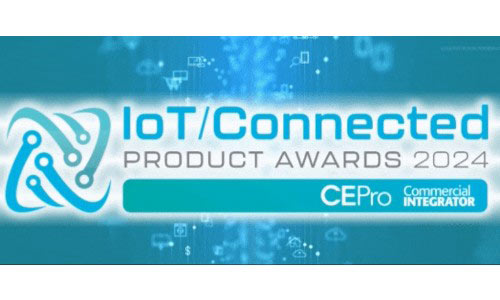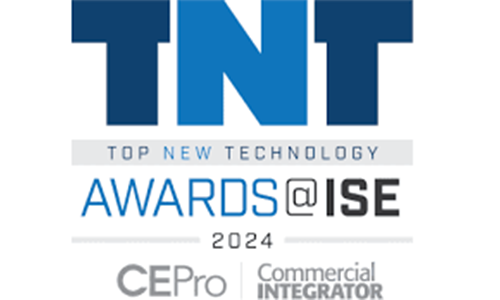Nationwide’s 2025 U.S. Homeowners Survey reveals a widening gap between homeowner concerns and the steps they’re taking to protect their properties. The findings point to an opportunity for residential integrators to present smart systems as essential protection tools rather than luxury add-ons.
According to the survey, 93% of homeowners view their home as an asset, and 85% describe it as their “forever home.” Yet even as most express optimism about homeownership, many are delaying upkeep and underutilizing technologies that could prevent costly damage.
Deferred Upkeep and Financial Pressure
Cost remains the biggest barrier to home maintenance. Over the past year, 41% of homeowners deferred cosmetic renovations, 35% postponed routine maintenance, and 25% delayed major repairs. Most cited high costs (60%) or competing financial priorities (44%) as the reason.
Routine tasks such as landscaping and HVAC filter changes remain common, but bigger projects like roof and flooring replacement are often pushed back. Nearly three-quarters of homeowners said they prefer to handle minor work themselves, reflecting both cost sensitivity and growing DIY confidence.
Insurance agents told Nationwide that roof, plumbing, and water-damage issues are among the most frequent and expensive claims they process, showing how delayed maintenance can lead to preventable losses.
Weather Concerns and Coverage Gaps
Homeowner anxiety about natural disasters continues to climb. Two-thirds of respondents said they are more worried about severe weather than in the past, while 71% of agents reported more weather-related claims this year.
Despite these concerns, only 27% of homeowners have upgraded their insurance for better weather protection, and just 23% have a disaster plan. Thirty-seven percent said they aren’t confident their policy would meet their needs in a claim, and 57% worry that some types of damage aren’t covered.
When asked what would make a policy more reassuring, most homeowners pointed to faster claim resolution, 24/7 emergency support, and coverage for temporary housing—proof that they want immediate, tangible protection.
For integrators, that’s an opening. Smart systems that provide real-time alerts and automated protection, such as leak detection or surge monitoring, can help reduce risk while offering the peace of mind homeowners say they want.
The Smart Tech Disconnect
Nationwide found that 85% of agents recommend at least one smart-home product to clients, most often smoke and carbon monoxide sensors (62%), smart locks (59%), and whole-home water-flow sensors (58%). Yet adoption among homeowners remains limited.
Security cameras (40%), video doorbells (39%), and thermostats (35%) top the ownership list, while only about 10% have smart water sensors and 12% have electrical fire monitors. That gap shows how far behind consumers remain on the technology agents view as essential.
Younger Homeowners Drive Adoption
Millennial and Gen Z homeowners are the most engaged with connected technology. Seventy-one percent use a security or smart surveillance system, and they are more likely to own backup power or mobile-controlled systems. Their motivations go beyond convenience: 41% cite time savings, 34% value the flexibility for travel or remote work, and many also point to energy efficiency and reduced anxiety.
These younger buyers represent a growing market for integrators who can offer practical, scalable systems that protect their investment and simplify daily life.
Reframing Smart Homes as Infrastructure
Bridging the adoption gap means changing how smart technology is positioned. Homeowners already maintain their properties and take safety measures like trimming trees and servicing appliances, but fewer than half use smart security or surveillance.
Integrators can present connected systems as the next step in home care. Smart leak sensors stop small issues before they become major repairs. Fire and surge protection help avoid costly damage. These devices also provide ongoing benefits such as energy savings, maintenance reminders, and mobile access—fitting seamlessly into modern home management.
Key Takeaways for Integrators
-
Lead with water damage prevention. Only 10% of homeowners have leak detection systems.
-
Promote electrical safety. Just 12% use electrical fire monitors, though 35% of agents call surge protection a “must-have.”
-
Capitalize on weather anxiety. Two-thirds of homeowners worry about severe weather, but only 22% own backup power.
-
Partner with insurance agents. Joint education can help clients qualify for discounts and improve confidence in their coverage.
-
Address cost barriers. Offer financing, phased installations, or tiered packages to make protection more accessible.
Protecting the Modern Home
Nationwide’s data reinforces that smart-home technology is no longer about convenience. As weather threats, insurance costs, and repair expenses climb, connected systems can offer real financial and emotional security.
By presenting automation as essential home infrastructure—technology that protects both property and people—integrators can help homeowners turn concern into confidence while expanding their own market opportunities.
